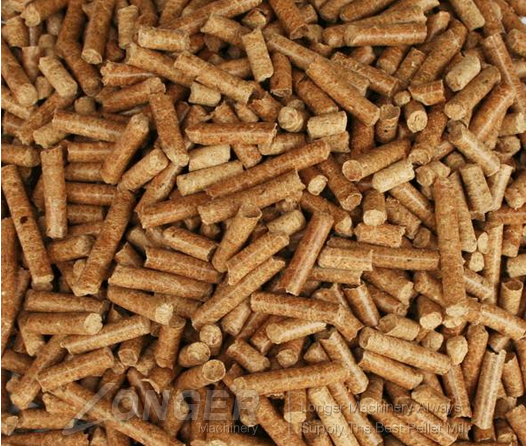Cooling and Drying in Feed Pellets Production
2016-02-26
The Process of Pellet Cooling and Drying
When the material passes through the die, being cut and discharged from the machine chamber, it remains a high temperature up to 90 degrees. The pellets are still soft with the moisture content over 10%. The pellets are then moved up by conveyor into a . A special counter air flow cooler then cools them into room temperature and evaporates the moisture to make them firm enough for storage and transportation. The moisture content usually ranges from 6% to 10% after cooling.

The Effect of Pellet Cooling and Drying
The cooling and drying process is a crucial step in feed pellet production. Large amounts of energy and cost have been added to pellets prior to the cooling and drying process. Using a dryer that requires a minimal amount of energy input is desirable to keep the production costs of pellets as low as possible. Additionally, when pellets are properly cooled and dried, they are less likely to produce dust, commonly called fines, or spoil from microbial and fungal growth. Fines are undesirable since they require more effort for the animal to consume and are more likely to be wasted. Fines also pose both safety and management issues in handling of the pellets. Fines and spoilage are both problems that can be minimized through proper cooling and drying of pellets.
Factors Affecting Pellet Cooling and Drying
Various factors affect the cooling and drying process of feed pellets. The amount of energy in the air and pellets as well as the amount of moisture in both the pellets and the air directly affect the cooling and drying process. Also the methods of heat and mass transfer being employed: condition, convection, absorption, adsorption, etc. significantly affects the cooling and drying process. Thus the type of cooler being used and the methods of heat and mass transfer the cooler design employs will impact the cooling and drying process of feed pellets. Finally, if the pellets are cooled too quickly, a dry crust will form on the surface of the pellet that will hinder moisture migration out of the pellet and leave the pellet core soft and moist. Once a pellet with this soft moist core is allowed to reach equilibrium, the pellet will become brittle and produce excess fines. Thus, factors that affect the performance of a pellet cooler can be summarized as: cooler type, air flow rate, air temperature, air humidity, pellet flow rate, pellet temperature, pellet moisture content, and pellet size.

 wendy@machinehall.com
wendy@machinehall.com 0086-18539931566
0086-18539931566